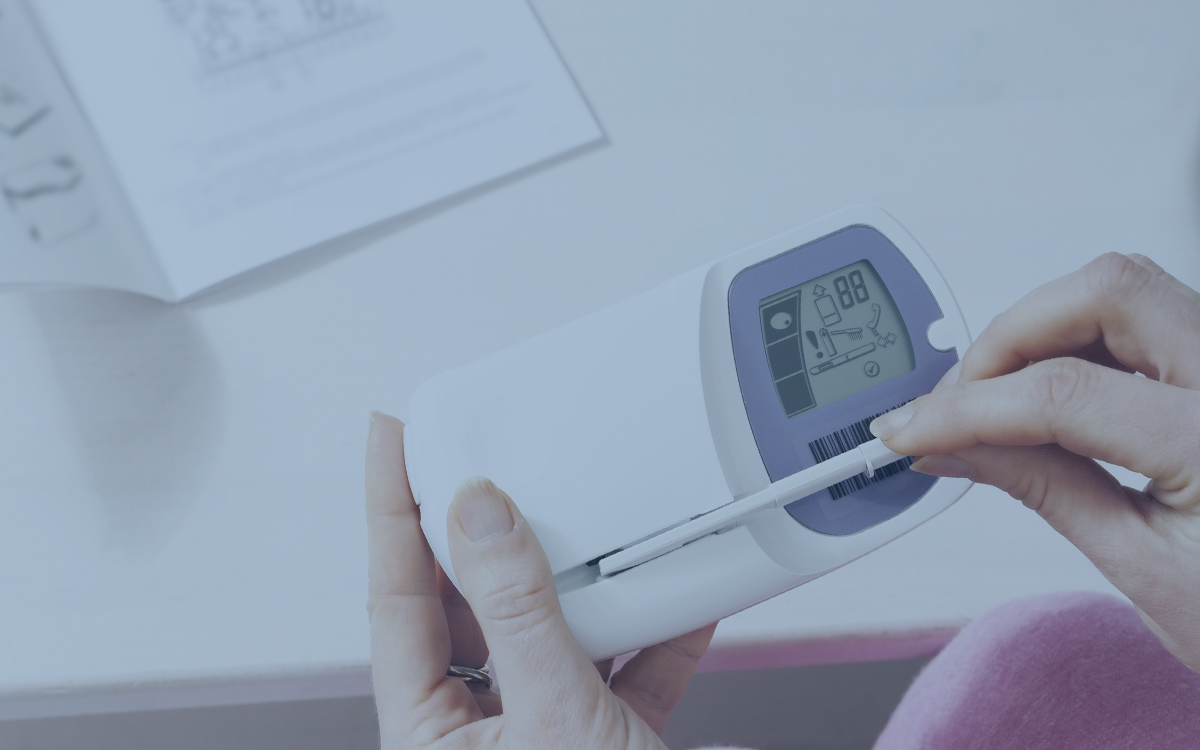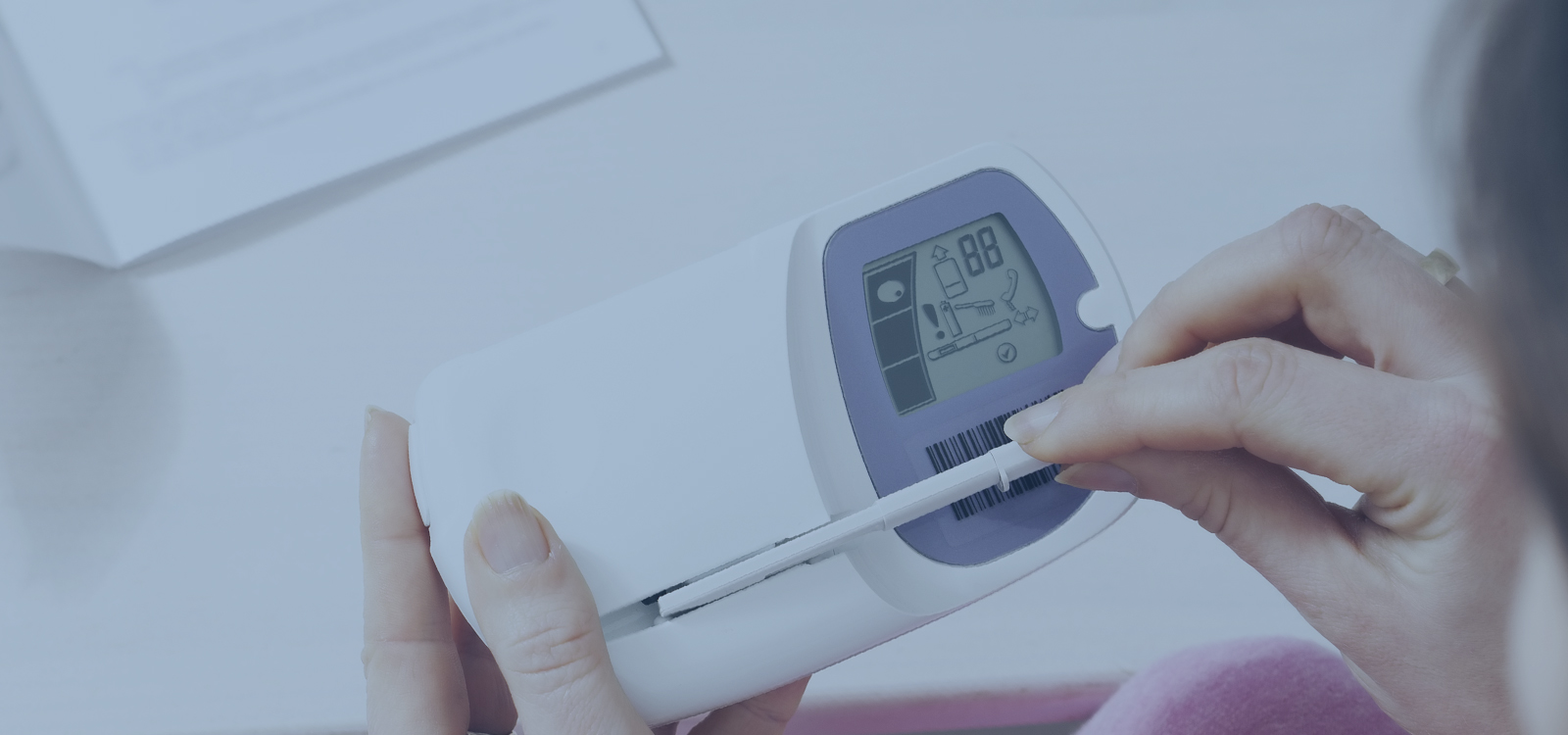Fertility-Awareness Based Methods
Ovulation is the time during a woman’s menstrual cycle when she is most likely to get pregnant. Conception can occur when sexual intercourses takes place during the fertile window, from 5 days before to 1 day following ovulation. Fertility awareness-based methods (FABs) rely upon avoiding unprotected sex during this fertile window.
How does it work?
When using fertility awareness-based methods, the first thing to do is to become familiar with your menstrual cycle. There are several methods to determine when ovulation occurs:
- Measuring your basal body temperature every day and charting it on a special form;
- Checking your urine with an ovulation kit to measure the LH hormone;
- Observing changes in your cervical mucus;
- Using an app to follow the calendar method and track your menstrual cycles and ovulation;
- Or a combination of all of these methods.
Using these methods, you can calculate your fertile window and then avoid having sex during this time.
How effective is it?
24 out of every 100 couples who use fertility awareness-based methods each year will have a pregnancy, based on typical use.
Advantages
- Safe
- No side effects
- Little cost
- These methods are considered natural
- No hormones
- Allows you to learn about your own body
Disadvantages
- This method is the least effective in preventing pregnancy
- Requires a lot of practice to learn how to use this method correctly
- It can be tricky, because not all menstrual cycles are regular
- Can be challenging to avoid sex at certain times
- Requires both partners to be fully committed to using the method
- Does not protect against STIs



